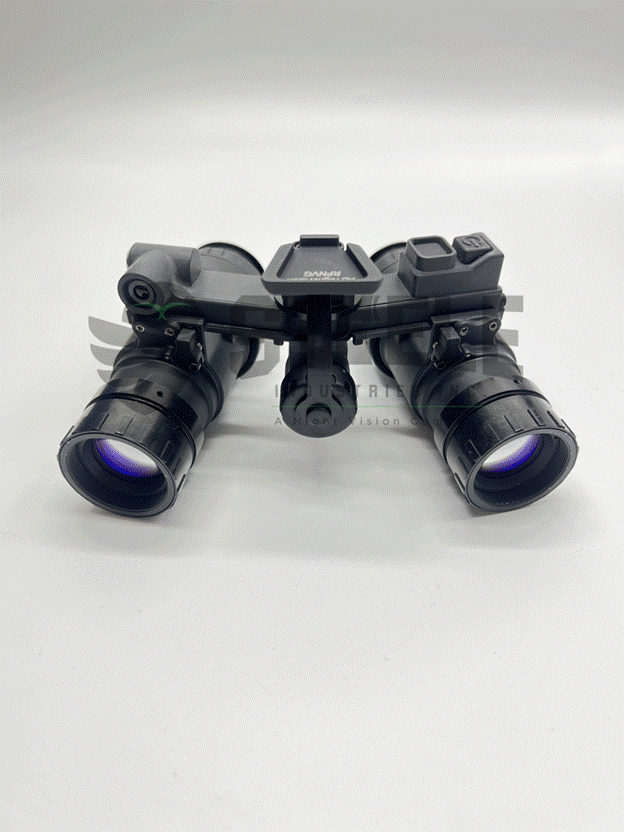Night vision technology is an essential tool for many applications, including security, surveillance, hunting, and various military operations. To provide the best possible equipment to these industries, optics equipment providers have developed processes that fine-tune their devices and ensure quality and safety for their customers.
One such procedure designed to maximize the effectiveness of night vision (and other optical) equipment is collimation. This procedure is vital for both productivity and safety.
Collimation Definition
What is collimation? The language used in the tech industry sometimes sounds more complicated than it is, and “collimation” is a prime example. Collimation is essentially fine-tuning the line of sight in a set of binoculars. This fine-tuning is an adjustment of the two optical axes in the device so that they are correctly positioned to achieve a clear image for the user.
Without being collimated, a set of binoculars or another device (such as a Newtonian reflector or telescope) will essentially present a blurry or doubled image to the viewer, which can significantly cut down efficiency.
The Need for Collimation
Collimation is needed for night vision devices primarily due to the image intensifiers built into them, which are not guaranteed by manufacturers to be perfectly aligned. This is because there needs to be some wiggle room built into the standardized design of these optical parts, which allows manufacturers to guarantee that their pieces will fit in a wide variety of devices across the industry. As a result, virtually all such binocular devices are more or less unfocused when they are first assembled and will thus require accurate adjustment for proper use.
The Process of Collimation
While DIY methods are sometimes utilized to collimate a scope, these are not always advisable as they don’t guarantee the best results. Most of these methods involve using an eyepiece or similar tool, such as a collimation cap, to align the primary mirror and secondary mirror (or secondary mirrors) in any given device.
To achieve collimation, laser collimator equipment is now utilized to bring the optical pieces into the proper position relative to one another. A false reading is still possible with the laser beam method for collimating a device. But when applied properly, it has a higher potential for positioning and alignment. Using a Barlowed laser is another newer method of collimating.
The Importance of Collimation for Night Vision Technology
Night vision technology relies on collimation to maintain a high standard of quality. Without proper collimation, any given telescope or binocular device may not serve the operator well enough to collect accurate data or make an accurate shot. The results can be disastrous, especially if a weapon is involved, such as in military or law enforcement situations. These are two of the most significant areas of night vision application.
Night vision devices with their primary mirror and secondary mirror out of a straight line can also cause eye damage to a user over time. Because without collimation, telescopes or other devices will essentially cause the user to see double for an extended period of time. At the very least, headaches will occur as a result of this, which alone can hinder the user from getting their job done effectively.
Finding Quality Night Vision
If you’re in the market for quality night vision equipment, contact Steele Industries to find out how we can be a resource to you in your search for effective devices. It’s our privilege to provide well-collimated and calibrated equipment for government agencies, law enforcement teams, and civilians alike.


